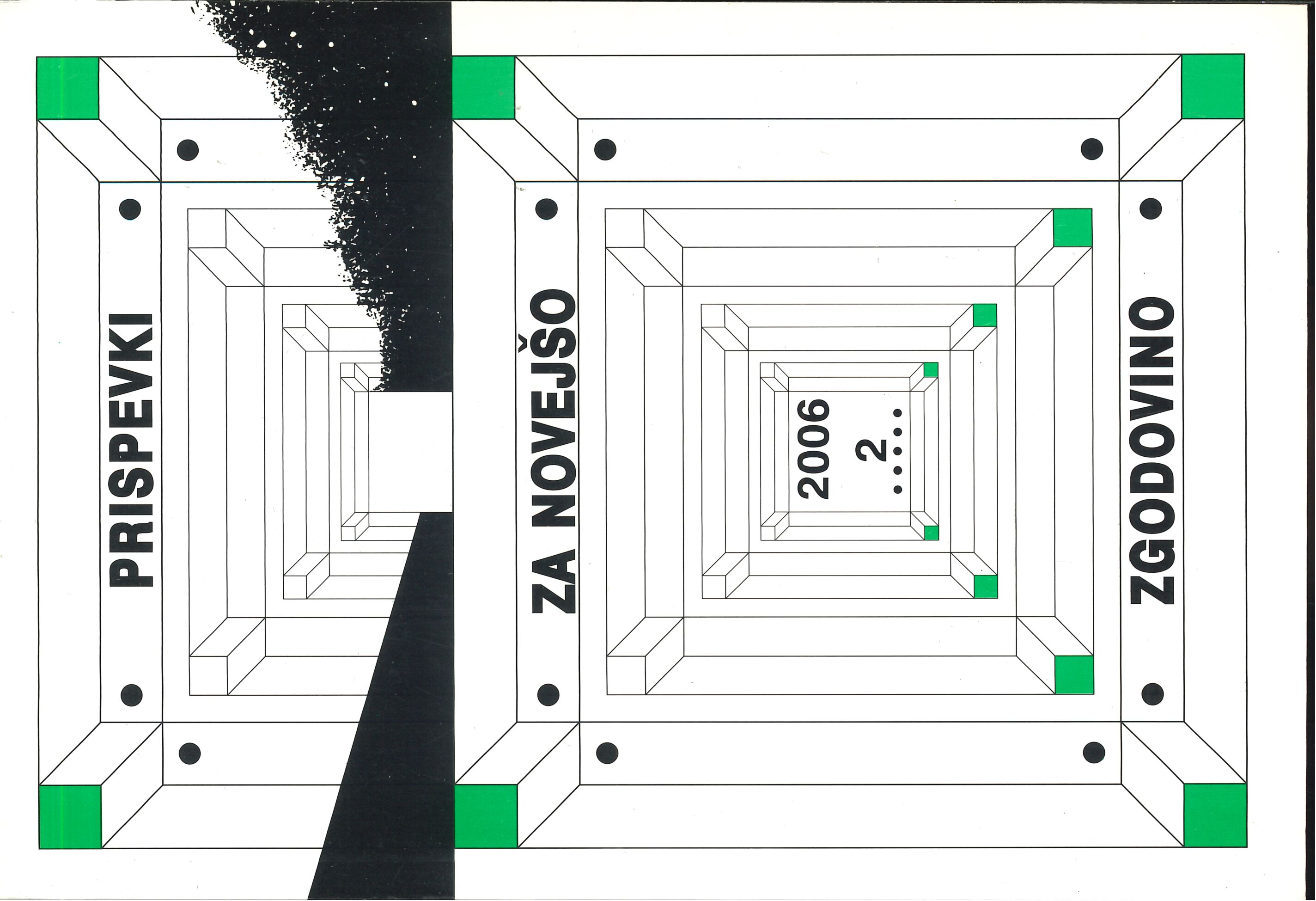The One Hundred and One Days of the Dinar Convertibility between the Two World Wars
Keywords:
Yugoslavia, Great Depression, Dinar convertibility, Bank of International Settlement, gold-currency standard, reparations, German reparations, dinarAbstract
In June 1931, during the Great Depression and at the most unfavourable time for monetary reforms, the Yugoslav government declared the convertibility of the Dinar. In the paper, the author analyses political and economic reasons for this decision, especially from the viewpoint of Yugoslavia s specific international financial situation. In the period between the two world wars, the payment of Allied war debts was bound with German reparations. For the purpose of processing such payments, the Bank of international Settlement (BIS) was founded in Basel in 1930. A basic requirement for a country, entitled to the reparations, to become a shareholder by paying the share capital, was the stabilization of its national currency. This BIS requirement was entirely compliant with the recommendation of the International Monetary and Financial Conference of Genoa in 1922, that countries should return to the gold exchange standard, using as a cover gold ingot reserves or a combination of gold and currency, instead of gold alone. With the declaration of the Dinar convertibility on 28 June 1931, Yugoslavia became entitled to the subscription of 4,000 shares of an initial bank fund in a total value of 10 million golden Swiss Francs.
Downloads
Published
Issue
Section
License
Authors who publish with this journal agree to the following terms:
- Authors retain copyright and grant the journal right of first publication with the work simultaneously licensed under a Creative Commons Attribution License that allows others to share the work with an acknowledgement of the work's authorship and initial publication in this journal.
- Authors are able to enter into separate, additional contractual arrangements for the non-exclusive distribution of the journal's published version of the work (e.g., post it to an institutional repository or publish it in a book), with an acknowledgement of its initial publication in this journal.
- Authors are permitted and encouraged to post their work online (e.g., in institutional repositories or on their website) prior to and during the submission process, as it can lead to productive exchanges, as well as earlier and greater citation of published work (See The Effect of Open Access).


